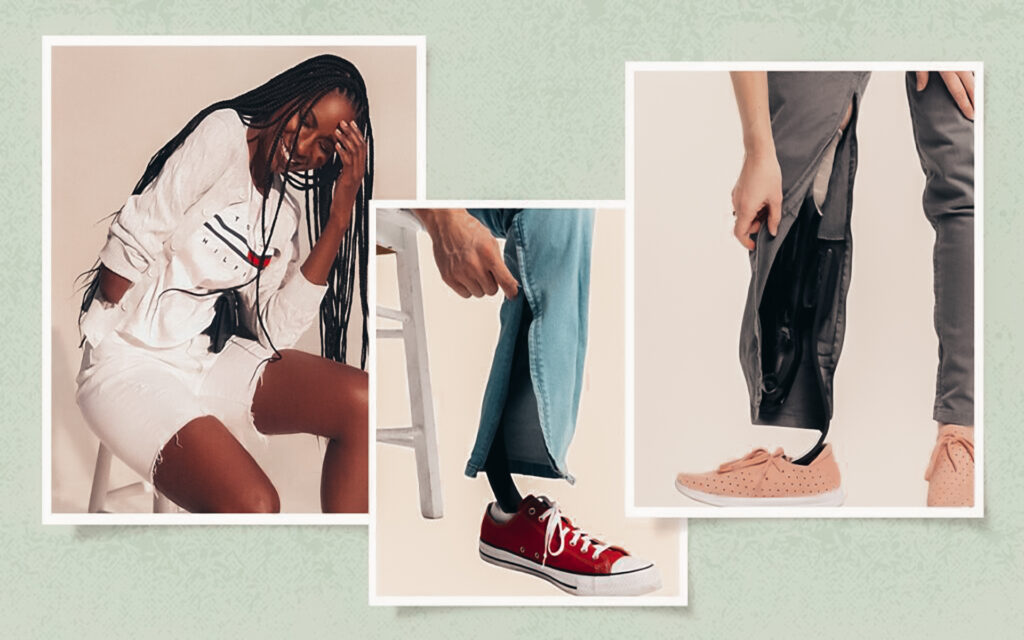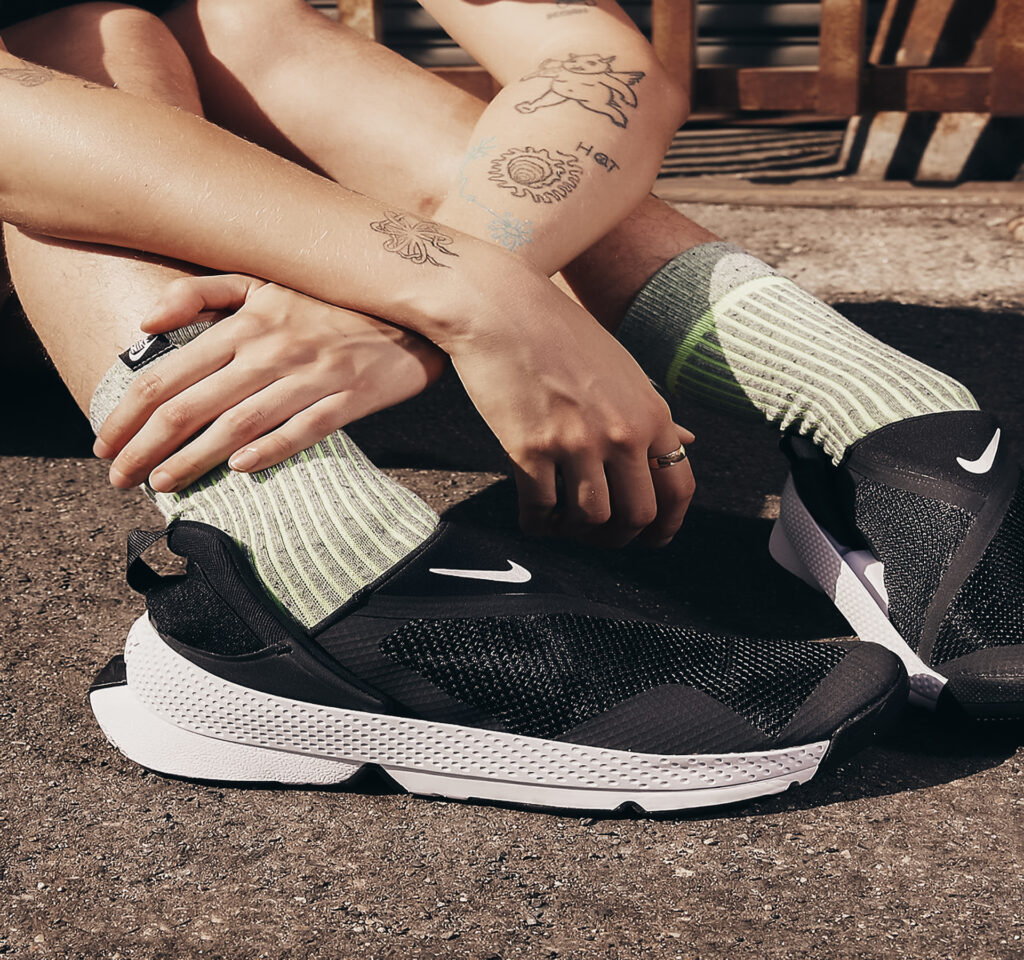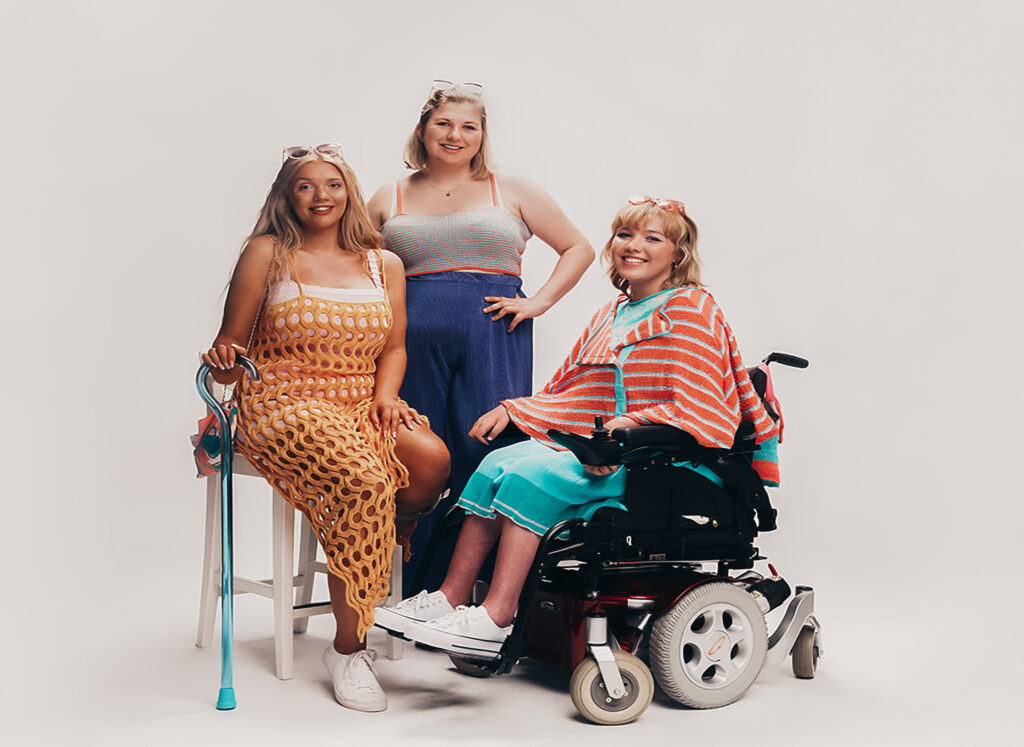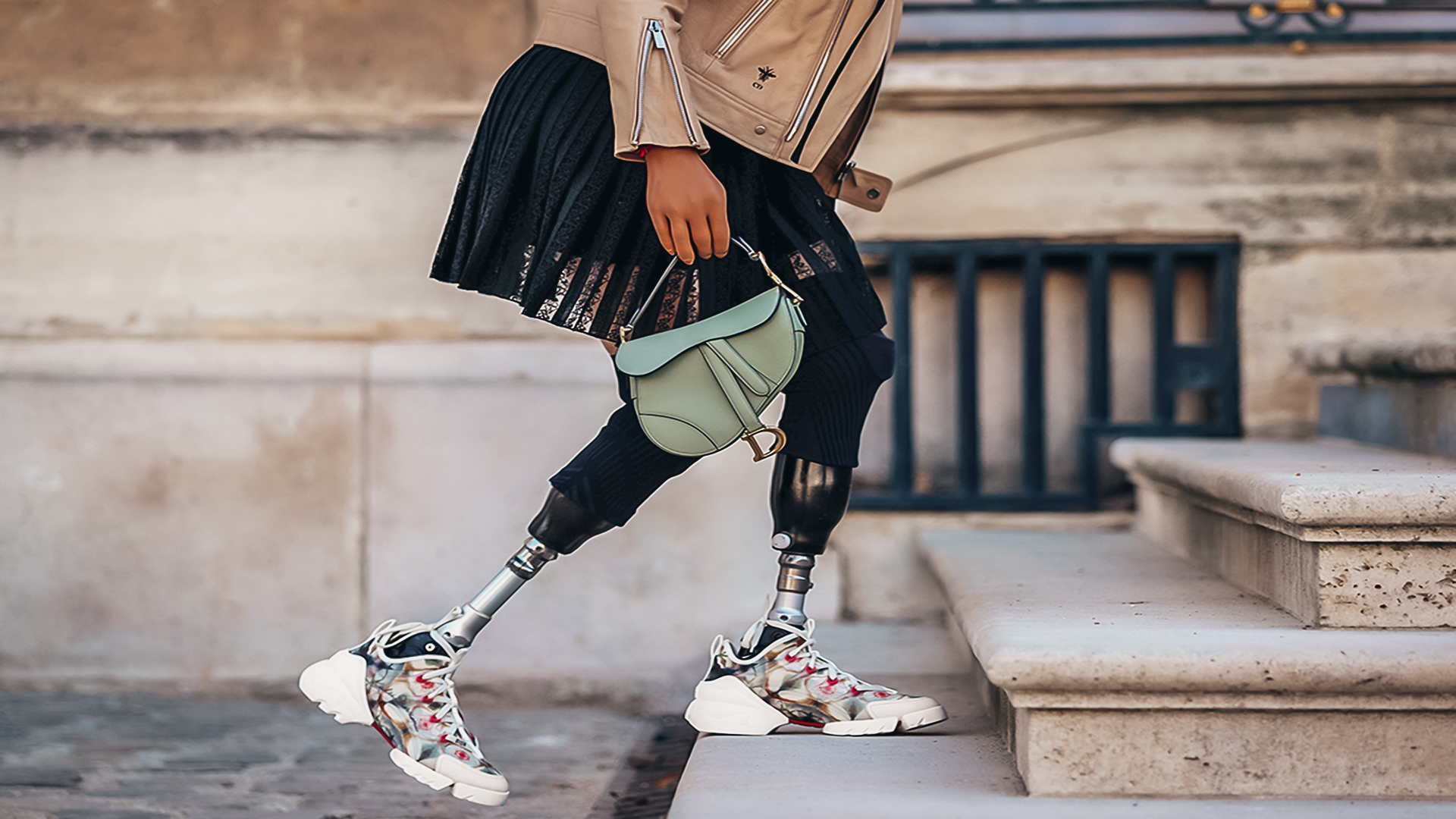Fashion has been a powerful tool for self-expression and identity for centuries. However, it has often been exclusive and inaccessible to people with disabilities.
In recent years, there has been a growing movement towards inclusive fashion that caters to people with disabilities and chronic conditions. The fashion industry, criticized for its lack of representation of people with disabilities, is introducing designers creating adaptive clothing lines. The demand for adaptive fashion is growing as more people become aware of its importance in creating an inclusive culture.
What is adaptive clothing?
Adaptive clothing, designed to be more accessible for people with disabilities or mobility issues, includes magnetic closures, adjustable hems and openings, and other modifications that make them manageable. Adaptive clothing has been around for centuries, but it wasn’t until the 20th century that it became more widely available. In the past, people with disabilities often had to rely on custom-made clothing or modifications to existing clothing to make it more accessible.

What are some examples of adaptive fashion?
Examples of adaptive clothing:
- Pants: cut higher in the back and lower in the front is more comfortable for wheelchair users.
- Shirts
- Dresses
- Skirts
- Shoes: that allow the wearer to step into them without forcing them on.
These items would have to open at the sides with magnetic closures instead of buttons. Items should be designed with easy access points for medical equipment, sensory-friendly clothing items, and one-piece outfits.
What are some brands that make adaptive clothing?
- Nike FlyEase
- Tommy Hilfiger Adaptive
- Under Armour
- Independence Day Clothing
- BILLY Footwear
- Target Adaptive
- 4Ward
- Reboundwear

Is there a lack of inclusivity in the fashion industry?
Historically, the lack of diversity and inclusivity was an issue in the industry. However, there has been a growing movement in recent years toward more inclusive fashion for people of all abilities and body types. This movement has been driven to change attitudes toward disability and increase awareness of inclusivity in all areas of life.
The requirements to make the fashion industry more inclusive:
Firstly, designers and manufacturers need to be more aware of the needs of people with disabilities when designing and producing clothing. This means factors such as mobility issues, sensory sensitivities, and other requirements when creating new designs are to be considered.
Secondly, retailers must be proactive in promoting inclusive fashion to their customers. This can include creating dedicated sections for adaptive clothing in stores or online and providing information about the benefits of adaptive clothing to customers.
Thirdly, the fashion industry needs to work more closely with people with disabilities to ensure that their needs are being met. This can include consulting with disability organizations and advocacy groups to get feedback on new designs and products and working with individual customers to create custom-made clothing that meets their specific needs.
Finally, there needs to be greater awareness among the general public about the importance of inclusive fashion. This can be achieved through education campaigns and other initiatives promoting the benefits of adaptive clothing and raising awareness about the needs of people with disabilities.

How can I support the adaptive fashion movement?
One way is to purchase adaptive clothing from retailers specializing in this area. This can help to support these businesses and encourage them to continue producing adaptive clothing in the future.
Another way to support the adaptive fashion movement is to spread awareness. This can include sharing information about adaptive clothing on social media or other platforms and talking to friends and family members about the importance of inclusive fashion.
Finally, people can get involved with advocacy groups and organizations promoting inclusive fashion . These groups often have a range of initiatives and campaigns that people can get involved with, such as fundraising events or awareness-raising campaigns.
Are there any plans for the future concerning fashion inclusivity for disabled people?
The fashion industry is developing new technologies and materials that can be used to create more inclusive clothing. This includes fabrics that can adjust to different body shapes and sizes and new materials that are more comfortable and breathable for people with sensory sensitivities.
There is a growing movement towards more sustainable and ethical fashion that includes people of all abilities and body types. This includes initiatives like zero-waste fashion, which aims to reduce waste in the fashion industry by using recycled materials and minimizing production waste.





